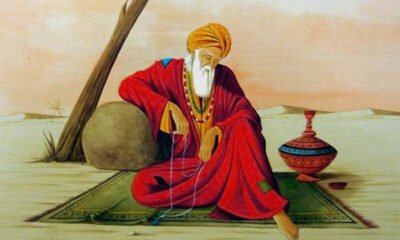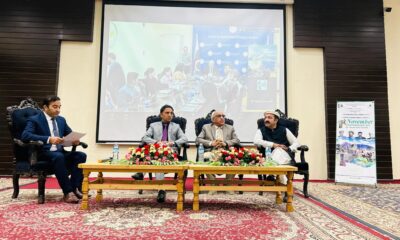The prevalent oral tales in Gilgit region adore and at the same time bemoan this ancient most remembered Raa (Ruler) of Gilgit, Raja Shri Badat. There can be no denying the fact that Raja Shri Badat was an aborigine of Dardic race, who ruled Gilgit proper and the adjoining empire in a bewildering manner, before the arrival of Islam in the region. According to traditions, Shri Badat’s rule extended over Chitral, Yasin, Tangir, Darel, Chilas, Gor, Astore, Hunza, Nagar and Haramosh areas. Shri Badat was so much dreaded by the people of Gilgit that his death was not believed by them and it was rumored that he has fled to Yasin valley, where he is alive under the glacier of KatorKhan. Thus, a tradition started that on a given day in a year, fire use to be lit in the whole area so that the soul of Shri Badat should not dare coming to Gilgit. (Editor’s Note)
Folktales of Gilgit—The Cannibalistic King Shri-Badat
During the winters last year, I decided to visit Hunza to get a glimpse of its snow-covered beauty and stayed at my grandparents’ house. On a cold night of 21st December, after having dinner, my grandparents started telling us folktales of the ancient times which were kind of bewildering and captivating.
Listening to them, I could not notice when a peaceful sleep crept in and I dozed off. Some mysterious whispers and gossips of people coming from the field shook me out of the deep slumber. Fear was the first thing that prevailed over my half-asleep mind as I remembered the stories of ghosts my grandfather had told us. Nonetheless, the noise amplified over time. Finally, I gathered my courage to go to the window and glance out of it. What I was seeing was a swarm of people setting an effigy on fire which, because of the darkness of the night and the distance between me and that place, I misperceived as a living human being. This time, I was truly horrified and started looking for my grandparents but to my disappointment, no one was at home. Assuming that they might have gone to help that agonized person, I headed towards the field in a very courageous move.
When seen through a close angle, the scene wasn’t that horrific as I had imagined. People there were laughing and dancing around the fire. I was haunted. It was unfathomable for me that how could one be happy after setting someone on fire. However, I found my grandmother among the crowd and ran to her with uneven breath, heart throbbing at a jet’s pace and an expression of astonishment on my face. “What‘s going on?” was my desperate question from my grandmother as I approached her. “Oh My little girl! Don’t cry. It’s just a dummy”, was her reply. Gasping for a relieving breath, I looked at the fire again. To my relief, it really was a dummy. I laughed at myself and asked grandma why the people have gathered at midnight to burn a dummy. Grandma said, “There is a story behind it.” I was fascinated and requested to listen to the story upon which she promised to tell me the story the next day.
Next day after dinner, I and some of my cousins gathered around grandma, and she, as per her promise, started telling us the story which I still can recall in her own words.
Long time ago, she started, there was a cruel King in Gilgit, named Shri-Badat. He used to impose heavy taxes on the citizens, kill innocent people and treat prisoners inhumanly. Moreover, it was mandatory for every household to present an animal for king’s dinner each day, turn by turn. One day, the king found that the mutton had a different taste, it was way more delicious. He asked his men to inquire the household who had given the goat that day to find out the reason behind that exceptional deliciousness. Upon the completion of investigation, it was found that the goat was fed with human milk by the woman of that household because it had lost its mother during infancy.
Upon coming to know the reason, the king wondered, if a goat can be that much tasty because of being fed on human milk, how tasty would be the meat of a human child!—a soul-rattling thought any human mind can have. In an even more disturbing move, the king ordered to serve human babies instead of animals. The town was shocked and outraged. In their fury and due to their love for their near and dear ones, the people devised a plan to kill the oppressive king. To their dismay, no plan would succeed at terminating the cannibalistic king. Surprisingly, he proved invincible. Neither the poison nor any dagger would harm him—probably, he was protected under some devilish cover. People had lost hope. As the days passed by, a baby was taken by the king each day.
Finally, people decided to seek help from king’s daughter to put an end to his brutality. His daughter pledged to the people that she will find some solution. She went to the King and asked in a flattering tone, “Father, I’m amazed at your invincibility. You’ve been attacked several times, but you survived. Is there any secret behind it or is it a miracle of your undefeatable powers?” Pleased by her flattery, the king replied, “My dear daughter, nothing can kill me except for the fire. It is because my heart is made up of butter. It’s the heat which can melt it. Otherwise, no sword or poison can harm me.” Arrogance flowed out of his words, though he didn’t know he had dug up his own grave by revealing his secret.
The kind-hearted princess went to the people and revealed to them how the king could be killed. Then, people prepared a trap for the king. They dug up a huge ditch in the ground, filled it with highly inflammable wood and covered it with a carpet. They invited the king to their place on the pretext of a feast. As he stepped his foot on the carpet, he fell into the ditch. People quickly surrounded him and set him on fire. And this is how, the rule of terror under the cannibalistic king was put to an end and people of the village took a sigh of relief.
So this was the story behind that mysterious crowd and the burning of that effigy. People of Hunza, in the memory of this folklore, set fire to the effigy of Shri-Badat every year on the night of 21st December to celebrate the liberation people got after the death of the atrocious king. I was stunned by the intensiveness of human cruelty depicted in the story, while being relieved by the fact that finally people got rid of that inhuman torture. The story also speaks volumes of the sacrifices the people of Gilgit region made and the sheer resolve they displayed in trying to get out of such harsh times. The folktale of Shri-Badat is a bewildering and inspiring account of ancient Gilgit and a part of its culture passed down from generations to generations by the word of mouth. Since it is a folktale, believing it or not is everyone’s own personal choice.
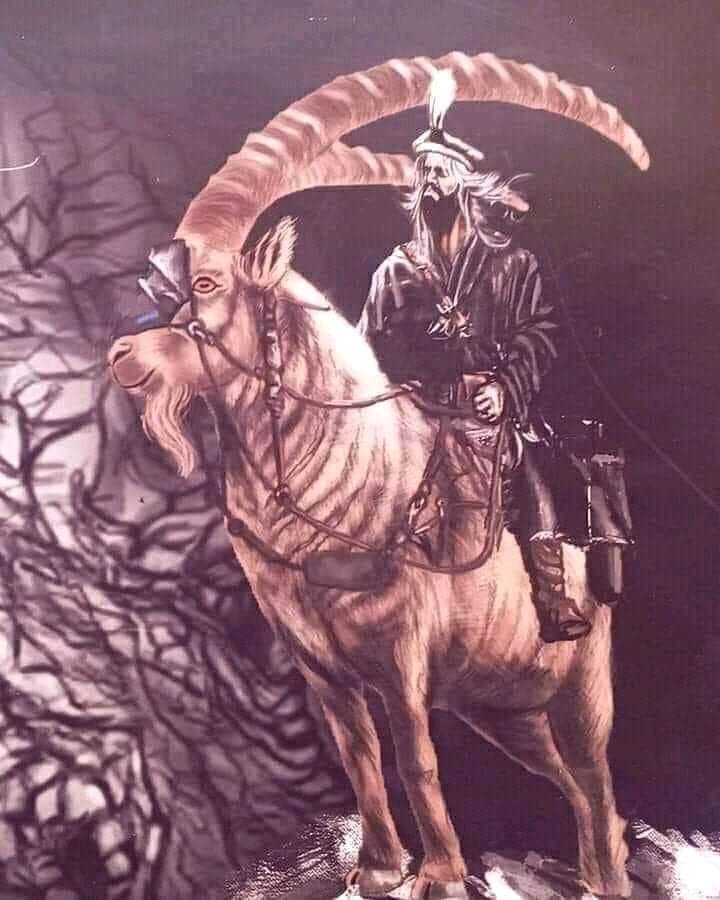
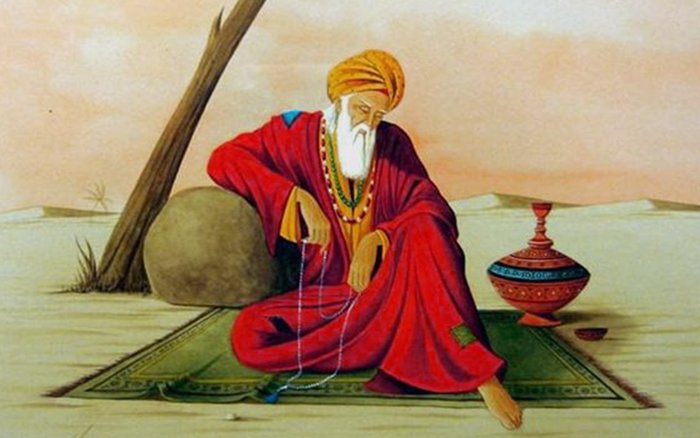
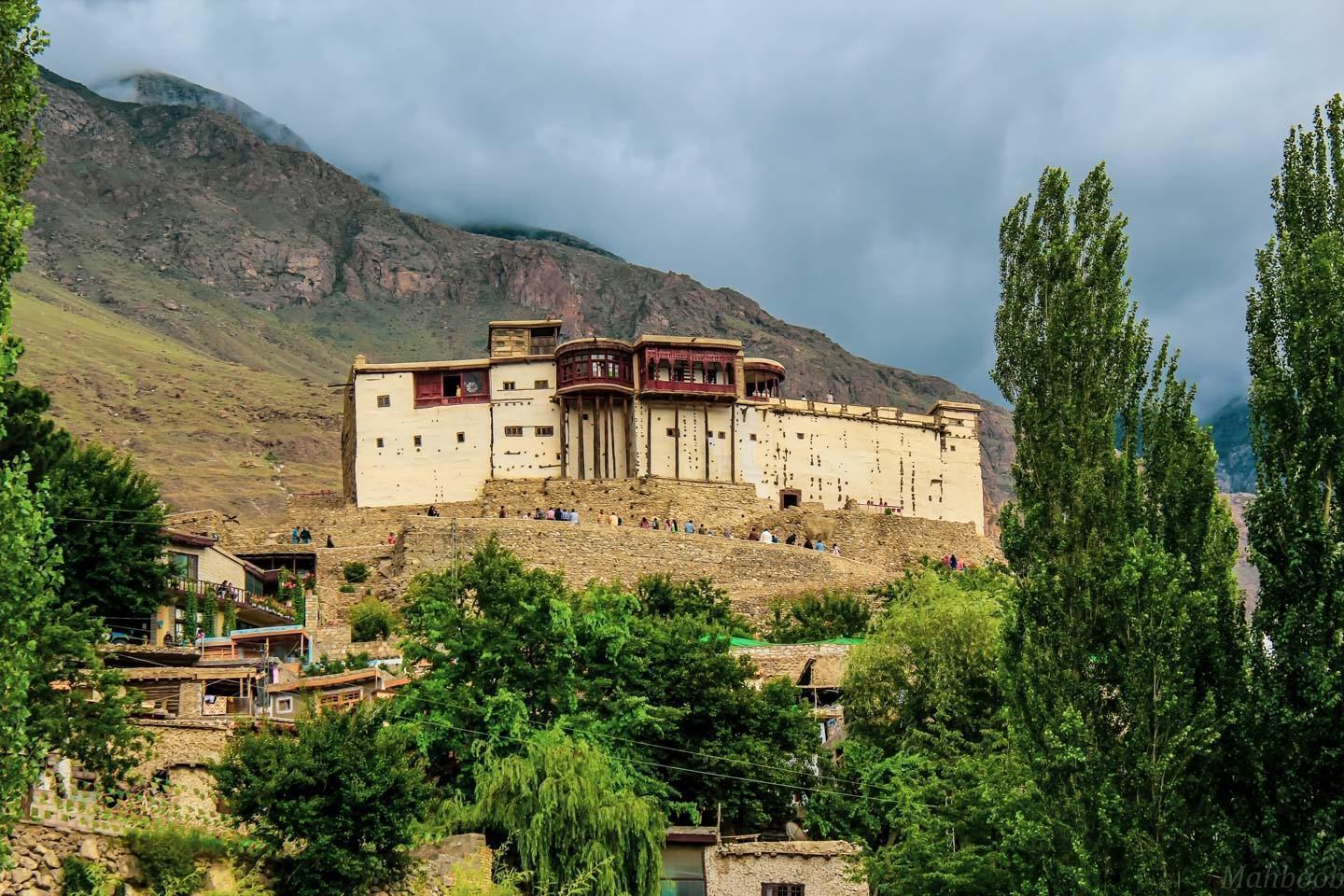


 Tourism3 years ago
Tourism3 years ago
 Arts, Culture & Heritage2 years ago
Arts, Culture & Heritage2 years ago
 Tourism3 years ago
Tourism3 years ago
 KIU Corner2 years ago
KIU Corner2 years ago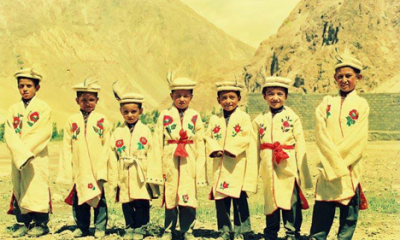
 Arts, Culture & Heritage2 years ago
Arts, Culture & Heritage2 years ago
 Current Affairs3 years ago
Current Affairs3 years ago
 KIU Corner2 years ago
KIU Corner2 years ago
 Opinion3 years ago
Opinion3 years ago
